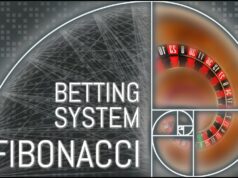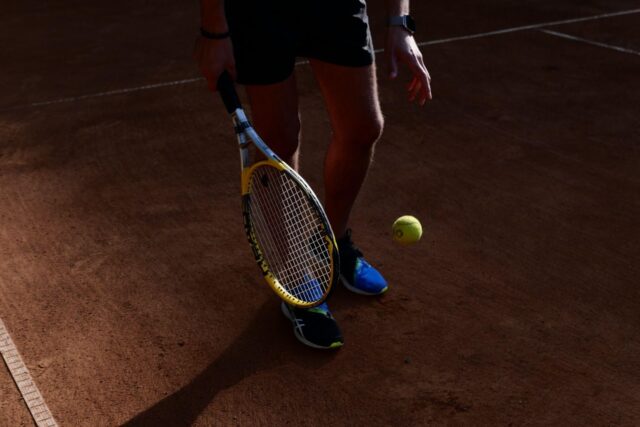
Real tennis is used in the United Kingdom, court tennis in the U.S., and royal tennis in Australia. The game evolved from a handball game called the palm game in France between the 12th and 13th centuries. Tennis is a modern sport that millions of people enjoy playing in clubs and on public courts. It is fun for players of all skill levels, but top competition is a demanding test of shot-making and stamina. Tournaments award millions of dollars in prize money each year.
The modern game is played on a variety of surfaces and a wide range of different surfaces. It has become a physical chess match in which players attack and defend, exploiting angles and technical weaknesses. As you can see, tennis is one of the oldest sport, yet it never stops evolving, and this is why many players continue to update themselves with what is new, as they continue to train and practice to improve in the games. Now, what are the tennis techniques you should know to level up as a player? IPTL World has a rich library of information from blogs, articles, and partner websites that can help make sure that you’re updated in the game, whether you’re a beginner or a pro in tennis.
Knowing the Basics of Tennis
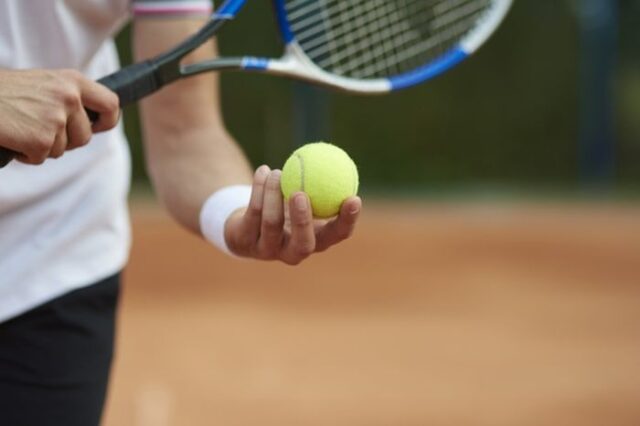
While the court surface affects the types of successful strokes and strategies that work, consistent serves and effective net play have always been critical regardless of court speed. As a rule, servers have a significant advantage because of two key factors.
The return that gives players the maximum points directly is known as an ace if the opponent’s racket cannot reach the ball and a service winner if the opponent’s racket can reach but cannot play it. The player can win points outright with his serve, but he can also score more points if he forces a weak return. It is also helpful in faster surfaces because it tracks his connection to the network and calculates his location.
When serving or approaching the net, a player is always vulnerable to a passing shot because an angled cross-court or down-the-line approach shot is out of reach. But if the pressure on the server is great enough, that player becomes an advantage because volleys are generally easier to put away.
A strong serve is a valuable asset on any surface. Most importantly, the best servers aim their services to keep the receiver guessing. Most importantly, it is essential to have the ability to provide a secondary service, usually with less power but more spin. While there is no single tennis strategy that works for everyone, certain fundamentals benefit all tennis players. So, to guide you on, here are five tennis tips that you may consider:
Understanding the Forehand Grip
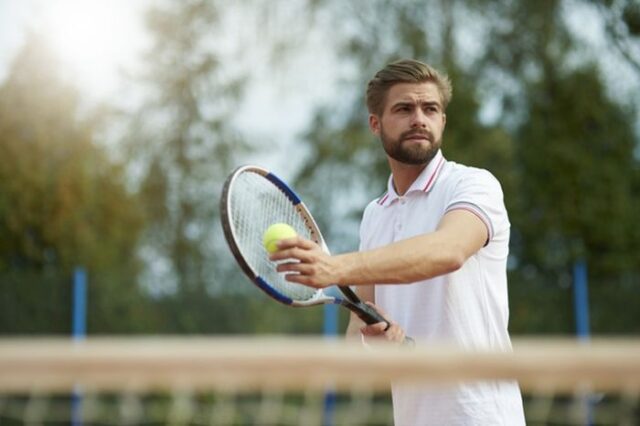
Even though tennis players rarely give this fact much attention, the way they hold a tennis racket is important. On serves and volleys, the majority of players use a continental grip. To achieve this hold, grab your racket and do a side-to-side shimmy with your hands, with your index finger’s knuckle on the racket’s top-right bevel. On the other hand, the most common groundstroke grip is referred to as semi-western. Rotate your index finger knuckle so that it is on the bevel on the bottom right of the racket. This grip is the go-to choice for professionals because it increases the amount of topspin on the ball, increasing its power and control.
Swiftly Plan for the Groundstroke

Find out where the ball will bounce before you position yourself to shoot. The higher your backswing travels, the more force you have to generate. Although complex swings have a greater likelihood of things going wrong under pressure, striking the correct balance is of critical importance. In addition, it will help if you use your other hand to support the racket while taking it back since this will help ensure proper rotation while you are follow-through, which will result in more power in your strokes.
Focus and Keep A Steady Head While Playing Tennis

To increase your chances of scoring, avoid moving or lifting your head while practicing your strokes. Instead, while following the ball, try to maintain your composure and keep your focus. Once you have completed this task, your game will have more balance and consistency.
Practice Tossing the Ball
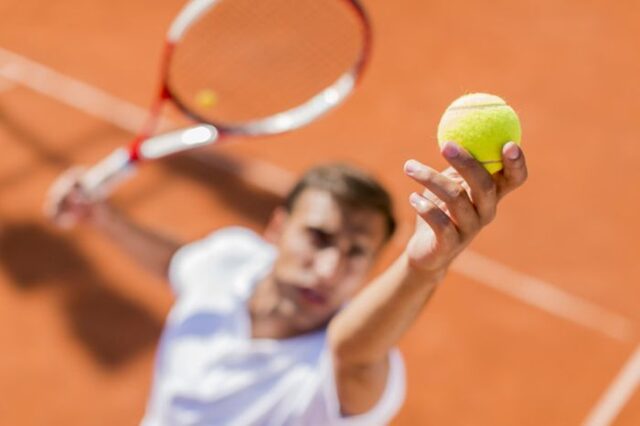
For most beginners, serving presents many problems, the most prevalent of which is difficulty tossing the ball. Practicing a ball toss without actually hitting a ball is a simple solution. The ball should move straight up and down, approximately 18 inches from the leading foot. Increasing the speed and momentum while you’re serving the ball will give the opponent a powerful acceleration and may challenge the opponent to hit back the ball.
Enjoy the Game and Take it Easy

The harder it is to make a particular shot, the more critical you will be of yourself, regardless of whether you typically get it or not. So make sure you acknowledge a missed shot, then take the time to reflect on it and practice the correct stroke. It doesn’t matter if you miss the next point as long as you repeat the right action, and you will improve as a result.
In Conclusion
Strategy is what separates competent players from championship-caliber players. Two players’ skills are comparable; when one player utilizes a more practical approach, he or she will win. Tennis is all about planning ahead and strategy. To properly evaluate your strengths and weaknesses and your adversary, you must conduct a self-assessment. Then you can take advantage of your opponent’s weaknesses.
To be successful, you’ll have to use strategy to defend yourself against your opponent’s exploits. The importance of considering your playing patterns and tactics cannot be overstated. It is important to refresh one’s technique if you have not yet reached the point where you can employ a tactic. Also, keep in mind that all these techniques and tips will not work if you do not pay attention to your body’s physical and nutritional needs. You need to keep a healthy and balanced diet if you want to become successful in tennis because it requires physical and mental agility.






